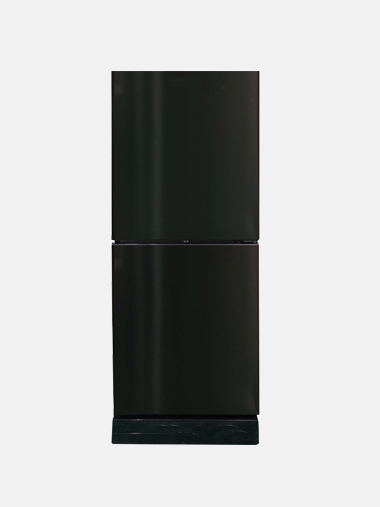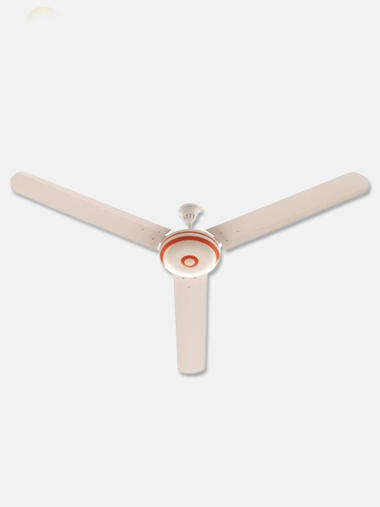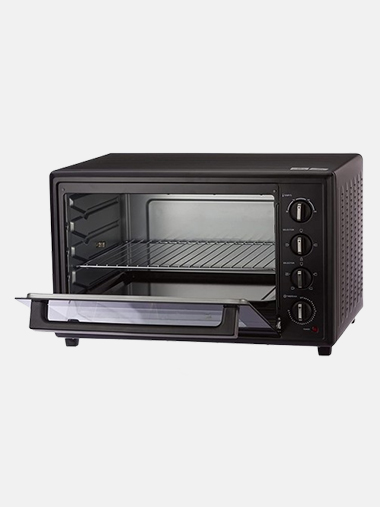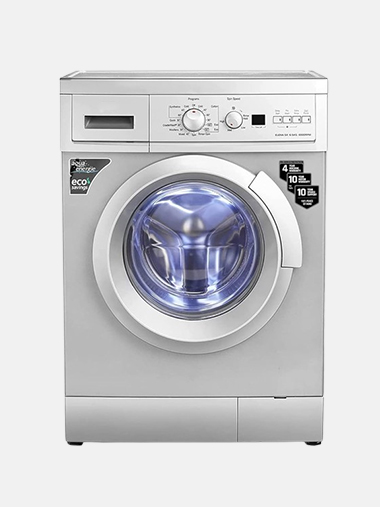Defrost Refrigerator
Defrost Refrigerator- Home
- Products
- Non-Frost Refrigerator
- Defrost Refrigerator
Defrost Refrigerator
Defrosting a refrigerator is a maintenance task performed to remove ice buildup on the freezer coils or inside the freezer compartment. Ice buildup can occur over time due to factors such as high humidity, frequent door openings, or a malfunctioning defrost system.
Prepare the Refrigerator: Before defrosting, remove all food items from the freezer and refrigerator compartments. Place perishable items in a cooler with ice packs to keep them cold during the defrosting process.
Turn Off the Refrigerator: Unplug the refrigerator from the power outlet or switch off the circuit breaker to ensure safety during the defrosting process.
Open the Freezer Door: Leave the freezer door open to allow the ice to melt naturally. Placing towels or a shallow pan underneath the freezer compartment can help collect water as the ice melts.
Speed up the Defrosting Process (Optional): To speed up the defrosting process, you can place bowls of hot water or use a hairdryer on a low setting to gently melt the ice. Be careful not to use excessive heat, as it can damage plastic components or cause thermal shock to glass shelves.
Remove Ice Buildup: As the ice melts, use a plastic or wooden spatula to gently remove any remaining ice buildup from the freezer coils or interior surfaces. Avoid using sharp objects that could puncture the refrigerator's walls or damage the cooling system.
Clean the Interior: Once the ice has melted and the freezer compartment is dry, use a mild detergent or cleaning solution to clean the interior surfaces of the refrigerator and freezer. Wipe down shelves, drawers, and walls to remove any debris or residue.
Dry the Interior: Use a clean towel or cloth to dry the interior surfaces of the refrigerator and freezer compartments thoroughly.
Plug In the Refrigerator: After cleaning and drying, plug the refrigerator back into the power outlet or switch on the circuit breaker to restore power.
Return Food Items: Once the refrigerator has reached the desired temperature, return the food items to their respective compartments. Dispose of any expired or spoiled food items.
Monitor Temperature: Keep an eye on the refrigerator's temperature to ensure that it returns to the proper operating range after defrosting.
It's a good idea to defrost your refrigerator regularly to prevent ice buildup and maintain optimal performance. The frequency of defrosting depends on factors such as the humidity level in your area and how often you open the refrigerator doors. Refer to the manufacturer's instructions for specific defrosting recommendations for your refrigerator model.
Other Products you may be interested!
Product Categories
Contact Us
- Address: House# 5 (2nd Floor), Road# 7, Block# F, Banani, Dhaka-1213.
- Phone: +88 02 55041896, 02 226603195
- Mobile: +880 1700 764494
- Email: info@bondsinternationalltd.com






